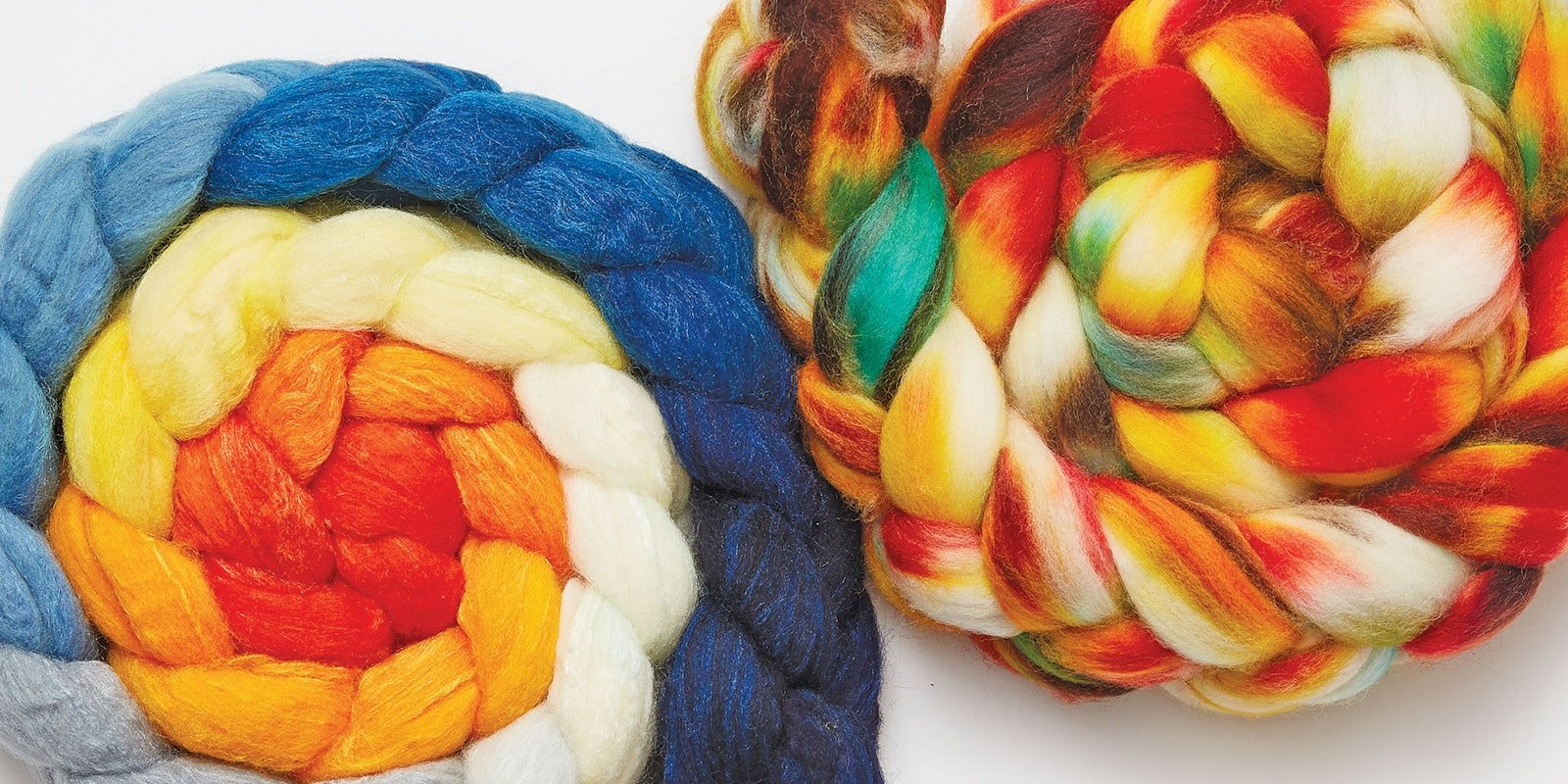All Access Exclusive
Water, Washing, and Dyes: How H2O Leads the Way to Color Success
Don't ignore this "make or break" ingredient that's vital to successfully dyeing and caring for your hand-dyed fibers.
Don't ignore this "make or break" ingredient that's vital to successfully dyeing and caring for your hand-dyed fibers. <a href="https://spinoffmagazine.com/water-washing-and-dyes/">Continue reading.</a>
https://spinoffmagazine.com/cdn-cgi/image/format=auto/https://www.datocms-assets.com/75073/1743206778-baldwin-dyes-and-water-header.jpg?auto=format&w=900
For those of us who love dyeing fiber, it's abundantly apparent that color rules our world. Keep in mind that the pH, temperature, and hardness of the water in the dyebath collaborate to dictate the quality of the dyeing. Photos by George Boe unless otherwise noted
The following article was excerpted from Spin Off Summer 2018. To read the full version, visit the Spin Off Library.
Color gets our hearts racing a little faster. We all swoon over beautifully dyed fiber. Hold that little pot of dye powder in one hand and wool fiber in the other, and your mind starts dreaming of the beautiful magic they will make together. It’s abundantly clear that our love affair with color is why we dye fiber in the first place.
To make this color magic happen, there is another often overlooked key player in the dyeing process: water. Water is colorless, and although we use it to dissolve the dye powder and wet down the fiber, it’s not apparent at first glance that it plays such a critical role. Because water doesn’t appear to do anything interesting, it is easy to overlook it.
However, water makes up 99 percent or more of the dyebath. It may not be as sexy as the colorful dye molecules, but water is a “make or break” factor in whether the dye strikes quickly or slowly and whether it binds, which in turn affects how the colors play with one another and whether the dye will bleed. In short, water determines the success of your dyeing results.
 Photo by Rony Michaud from Pixabay
Photo by Rony Michaud from Pixabay
Furthermore, once the dye is bound, water conditions during washing will determine if the dye remains bound or washes away. Even if you never personally dye fiber, understanding water is critical to keeping your hand-dyed items washfast.
There are many types of dye, classified by their reaction mechanisms and the materials they dye. This article focuses on weak acid dyes, among the most common
ALL ACCESS EXCLUSIVE
Unlock the Full Article with a Spin Off All Access Subscription
Get instant access to this article and the entire Spin Off library of projects, inspiration, and expert instruction. With your subscription, you’ll receive:
Unlimited access to the Spin Off Library, a digital miscellany of ebooks, patterns, and more exclusively for All Access subscribers.
Stream 50+ spinning videos and workshops
Master the art and science of spinning—from wheel mechanics to fiber prep
Learn from experienced spinners, dyers, and fiber artists in every issue
Explore in-depth tutorials, inspiring projects, and trusted techniques
Includes full access to print and digital issues of Spin Off Magazine
Spin Off explores the art and craft of making yarn. Each issue connects you to new and familiar voices in the handspinning community and is packed with information about fibers, tools, and traditions to inspire your creativity.
Plans start at just $11.99/month. Cancel anytime.
 Photo by Rony Michaud from Pixabay
Photo by Rony Michaud from Pixabay 
